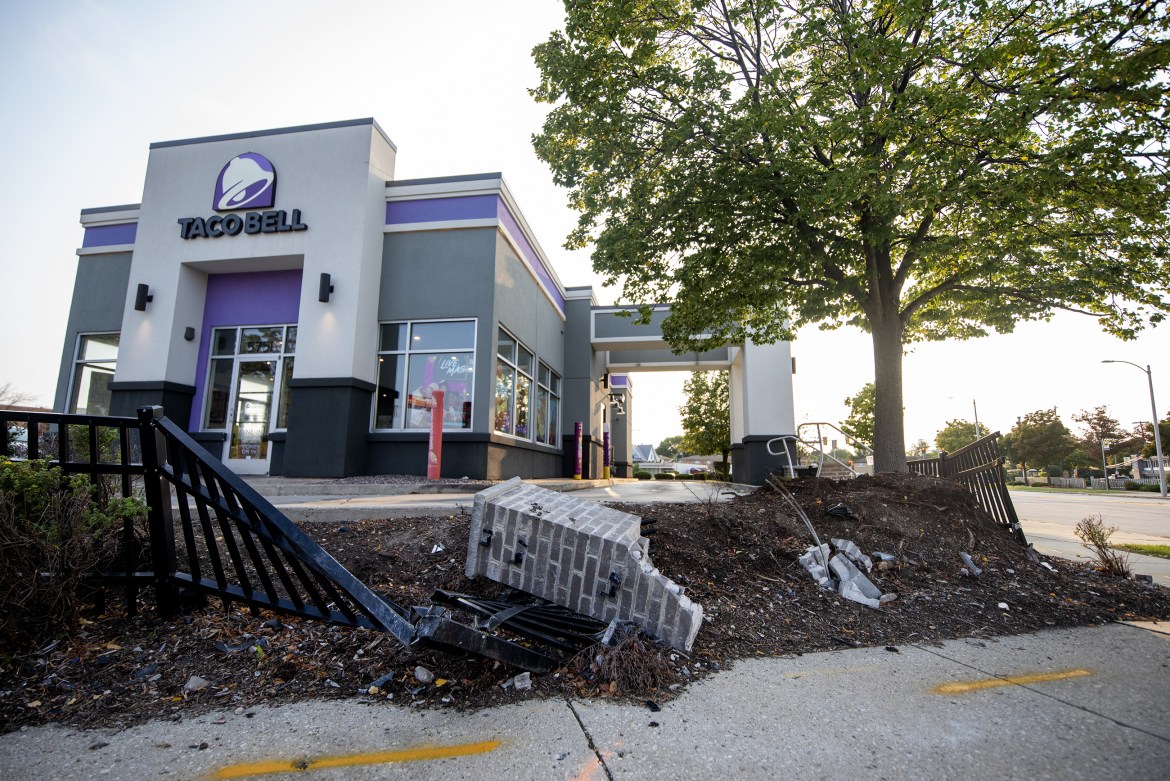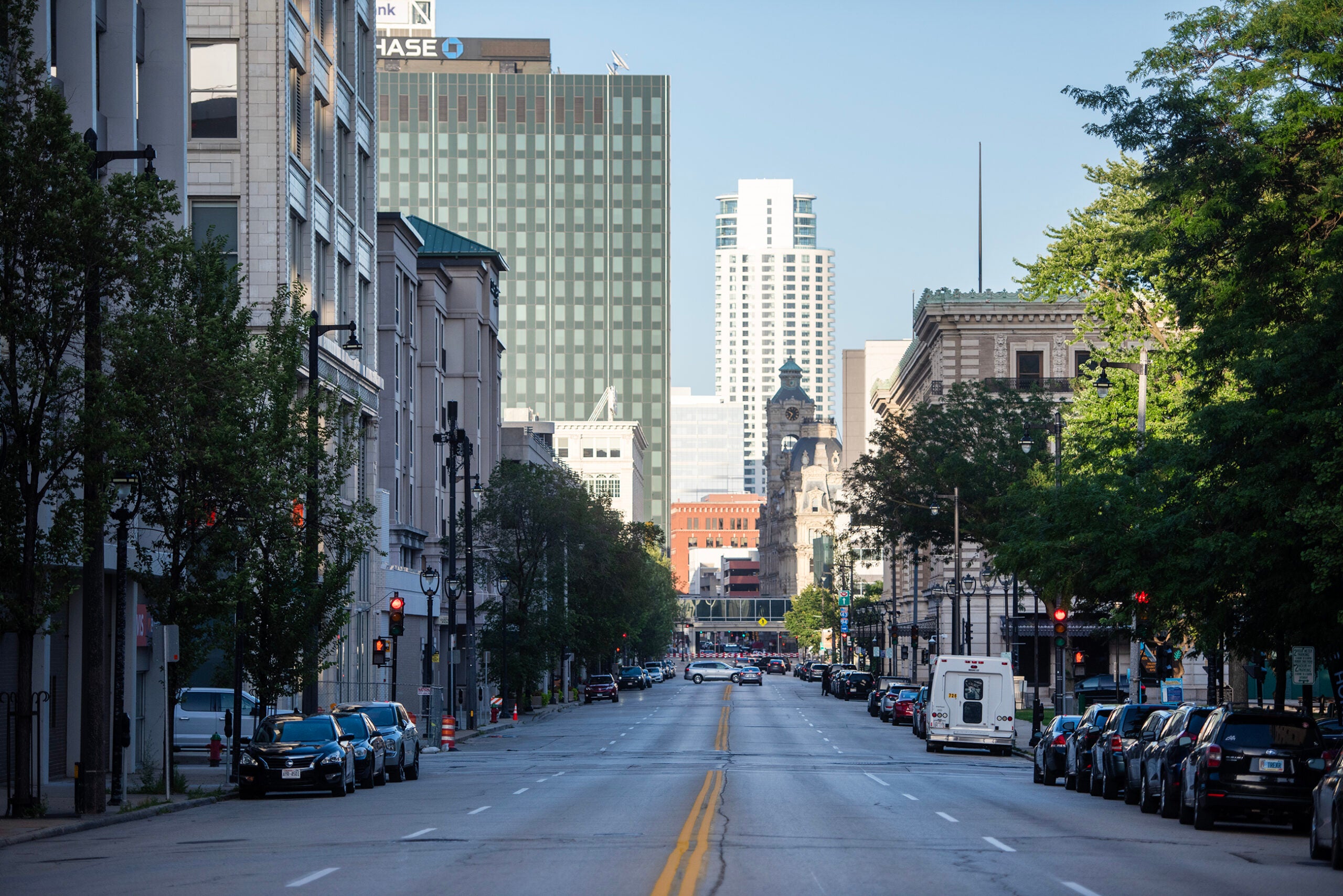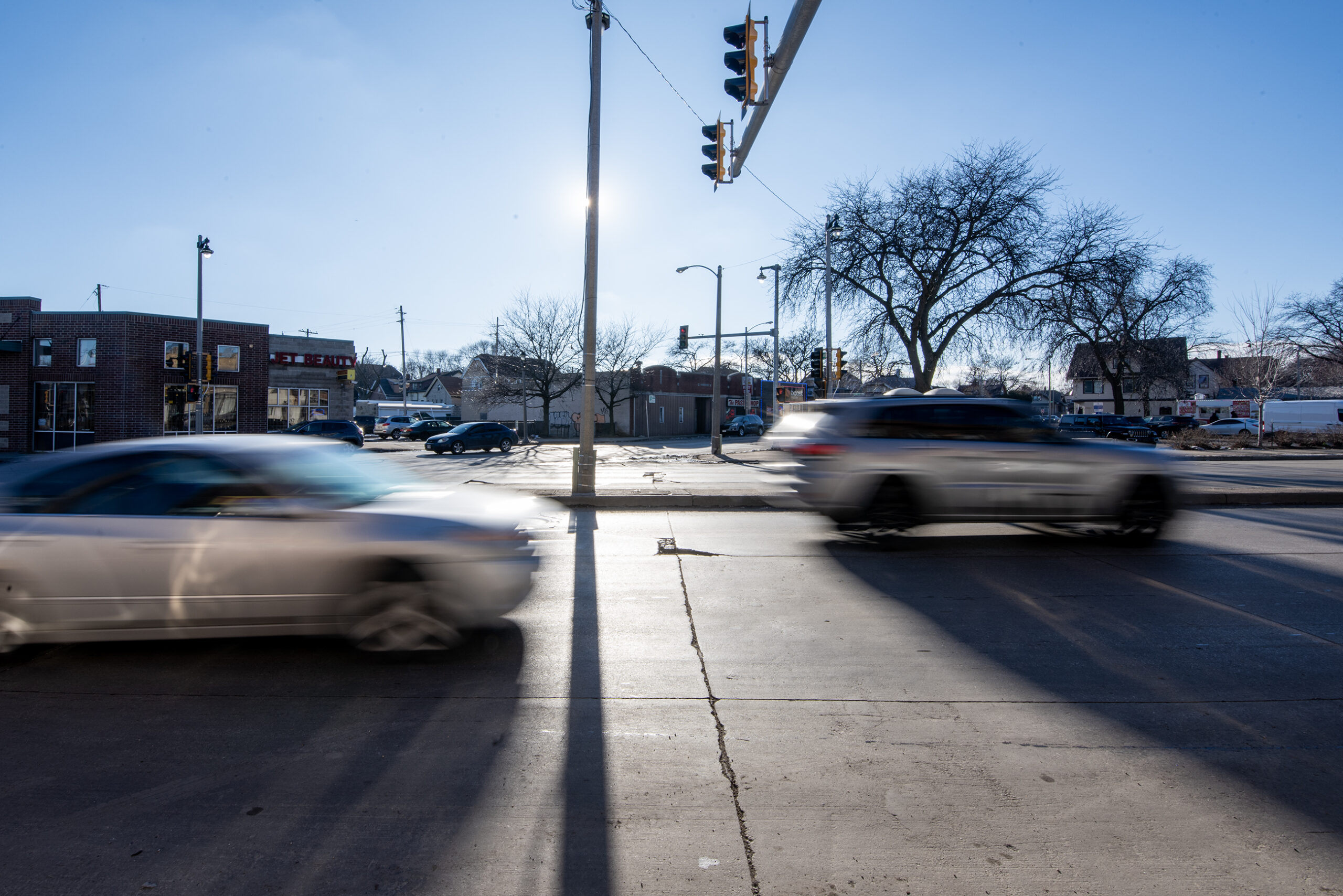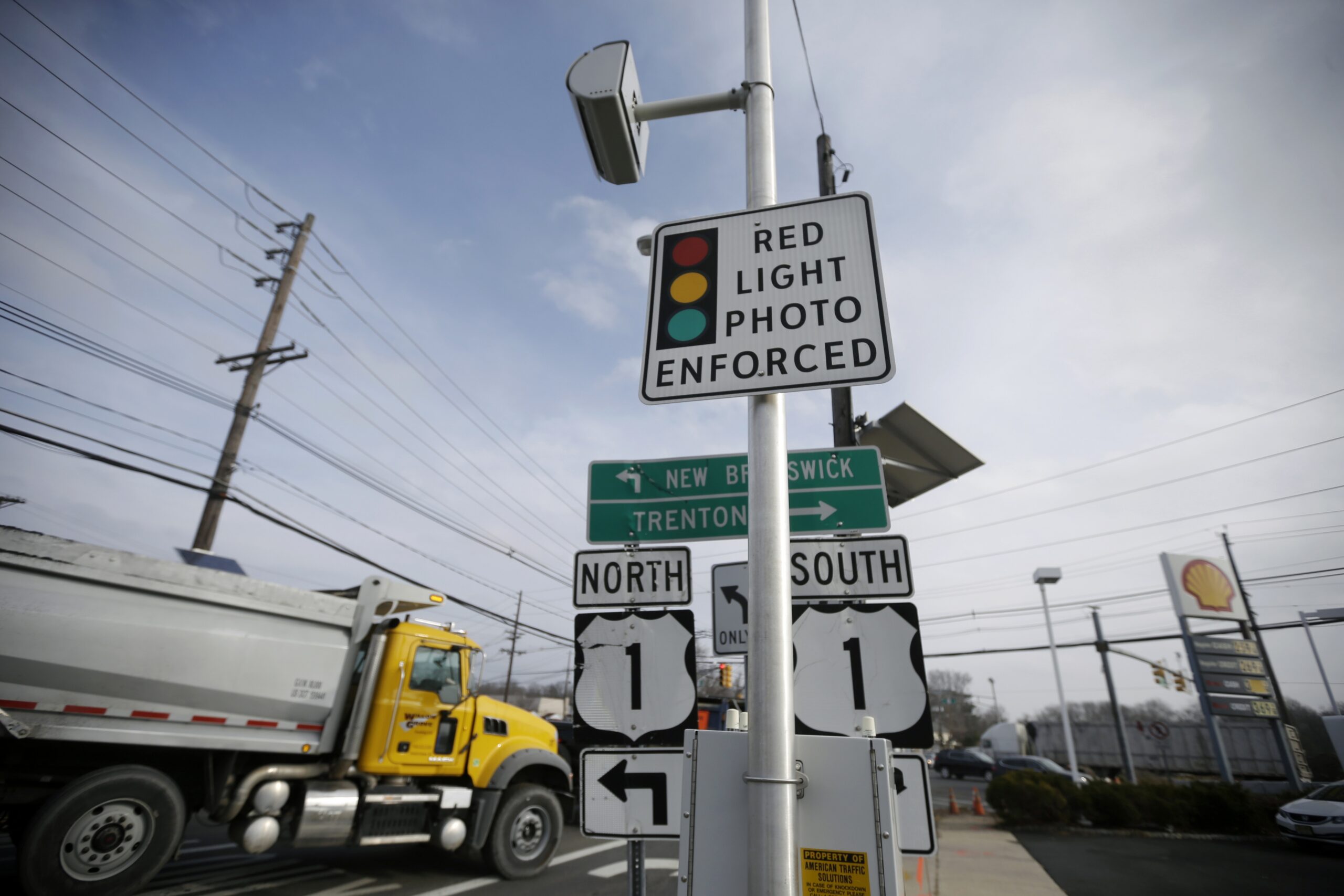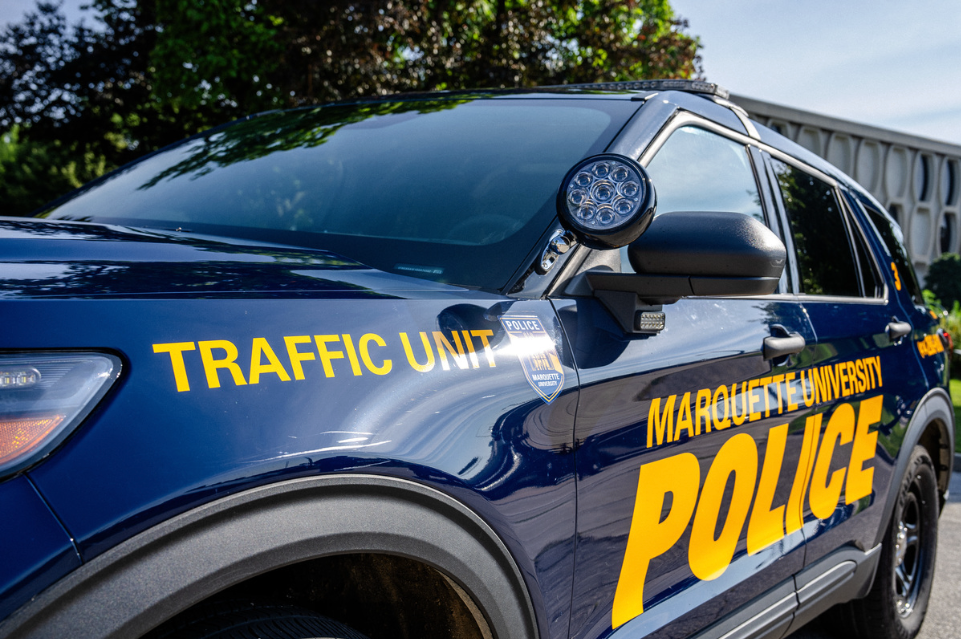When Tracey Dent woke up on a recent February morning, he found the windows of his car smashed in.
On the way to get them fixed, Dent was driving on Milwaukee’s north side when another car suddenly turned in front of him. To avoid the car, Dent slammed on his brakes, causing the vehicle behind him to ram into him.
The accident was one of thousands caused each year by reckless drivers in Milwaukee. It’s an issue Dent has seen first hand, as he also drives for Uber throughout the city.
News with a little more humanity
WPR’s “Wisconsin Today” newsletter keeps you connected to the state you love without feeling overwhelmed. No paywall. No agenda. No corporate filter.
“I’ve seen so much and almost been in so many accidents because people just don’t care, it’s like they only care about themselves or trying to get where they’re trying to get to,” Dent, who is also a community activist, said. “I guess speeding and reckless driving is more important than safety.”
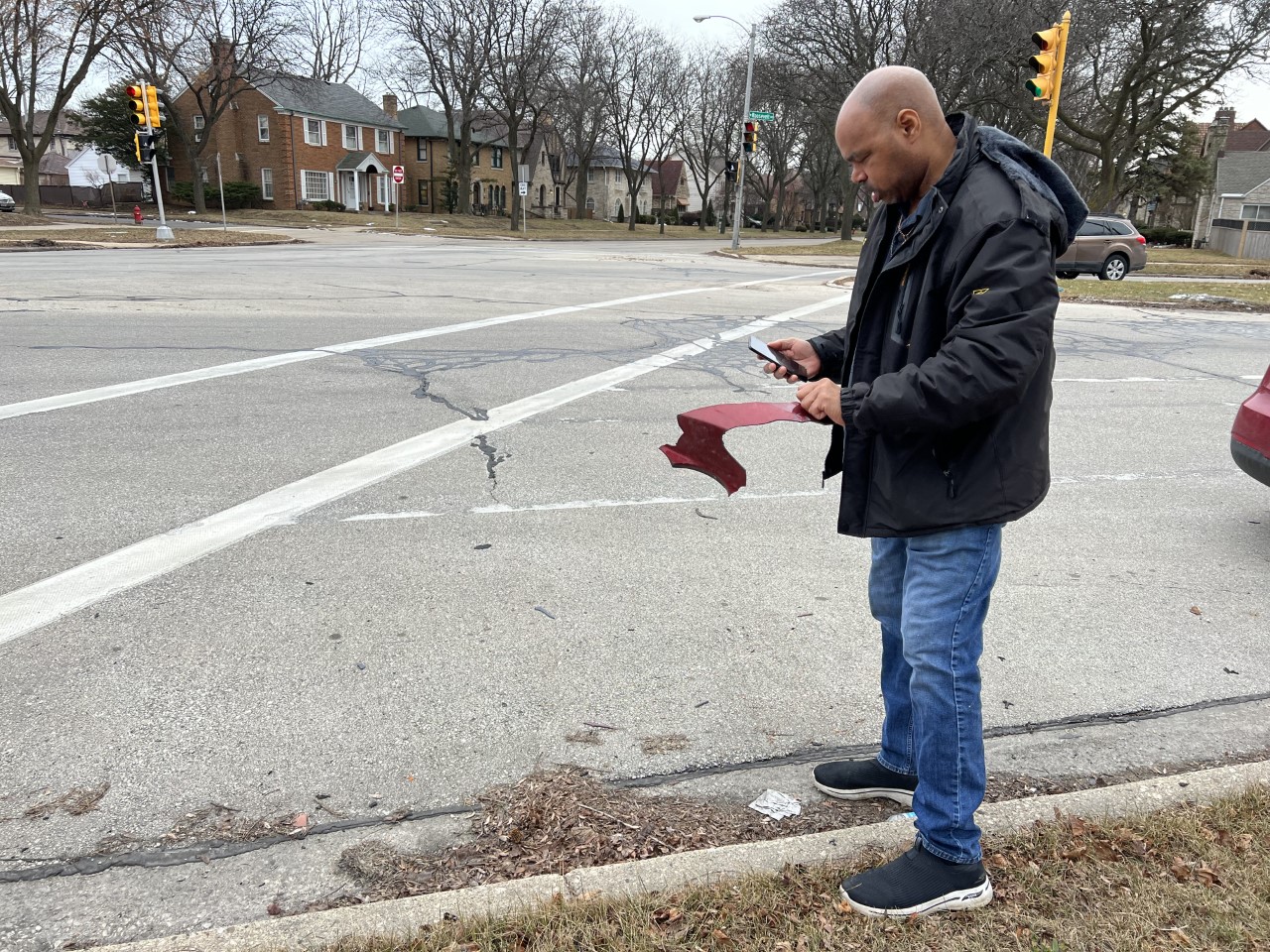
Addressing reckless driving is an issue Milwaukee leaders and officials have been trying to tackle for years. It’s one of Milwaukee Mayor Cavalier Johnson’s main goals, as he’s called the issue a crisis. The increase of unsafe driving has also led to the creation of a Traffic Safety Unit and countless public awareness campaigns.
Officials say engineering, education and enforcement are the main ways to address reckless driving. Johnson has also focused on holding drivers accountable and improving roads across the city during his tenure.
Now, millions in federal funds and the possibility of more state funding could help create safer streets across Milwaukee. But some say safer street design is only one solution to a complex, and sometimes fatal, problem.
Pedestrian deaths on the rise in Milwaukee County
Data from the Milwaukee County Medical Examiner’s Office indicated there were 88 motor vehicle deaths in 2022. According to the Wisconsin Traffic Operations and Safety Laboratory, 32 of those deaths involved pedestrians. The majority of those deaths occurred in downtown Milwaukee and the city’s north side.
In 2013, there were just five pedestrian traffic deaths in Milwaukee County.
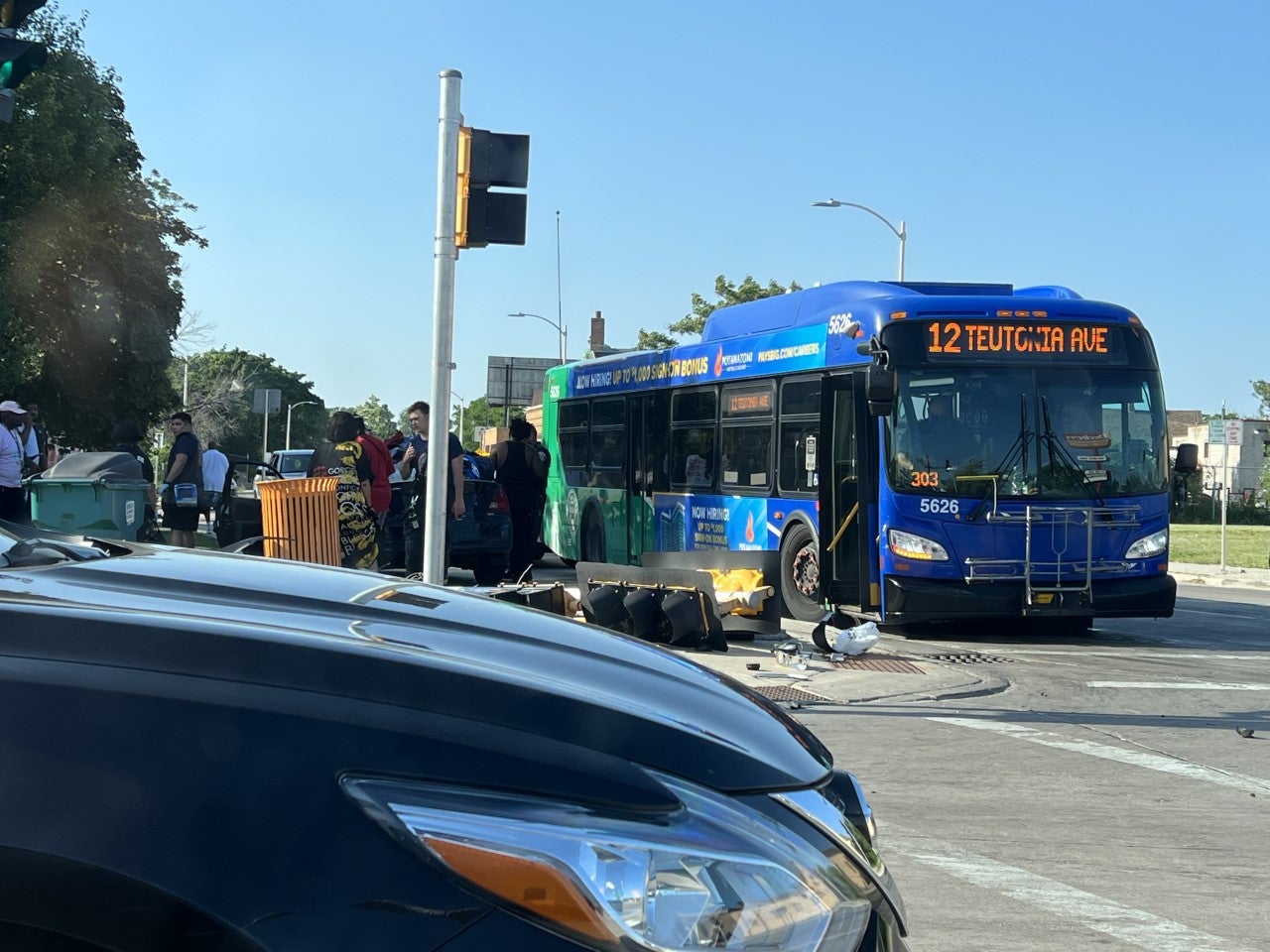
Five of the state’s nine deadliest roads are in Milwaukee, according to a 2022 study from the Milwaukee law firm Mingo and Yankala. That firm used data from the National Highway Traffic Safety Administration for the study.
But reckless driving is also a statewide issue. The Wisconsin Department of Transportation said about 2,900 people are injured in reckless driving crashes every year in the state. Last year, 119 people were killed by reckless drivers in Wisconsin.
Milwaukee sees infusion of federal, possible state funds to address reckless driving
In early February, Milwaukee received $4.4 million in federal grants to implement traffic safety improvements at 26 intersections across the city. That includes installing high visibility markings, upgrading traffic signal equipment and making intersections compliant with the Americans with Disabilities Act.
Milwaukee County also received $800,000 in federal “Safe Streets and Roads for All” grant funding. In a statement, the county announced it would form a public-private taskforce to decide how to use those funds, with a goal to reduce traffic deaths and injuries 80 percent by 2028.
Earlier this month, Gov. Tony Evers announced he was allocating $60 million in his 2023-2025 budget proposal for “traffic circles, pedestrian islands, bump-outs at crosswalks, and other treatments that slow vehicle traffic,” according to a statement. Those funds would be spread out across the state, and include a plan to hire 45 more Wisconsin State Patrol troopers and inspectors.
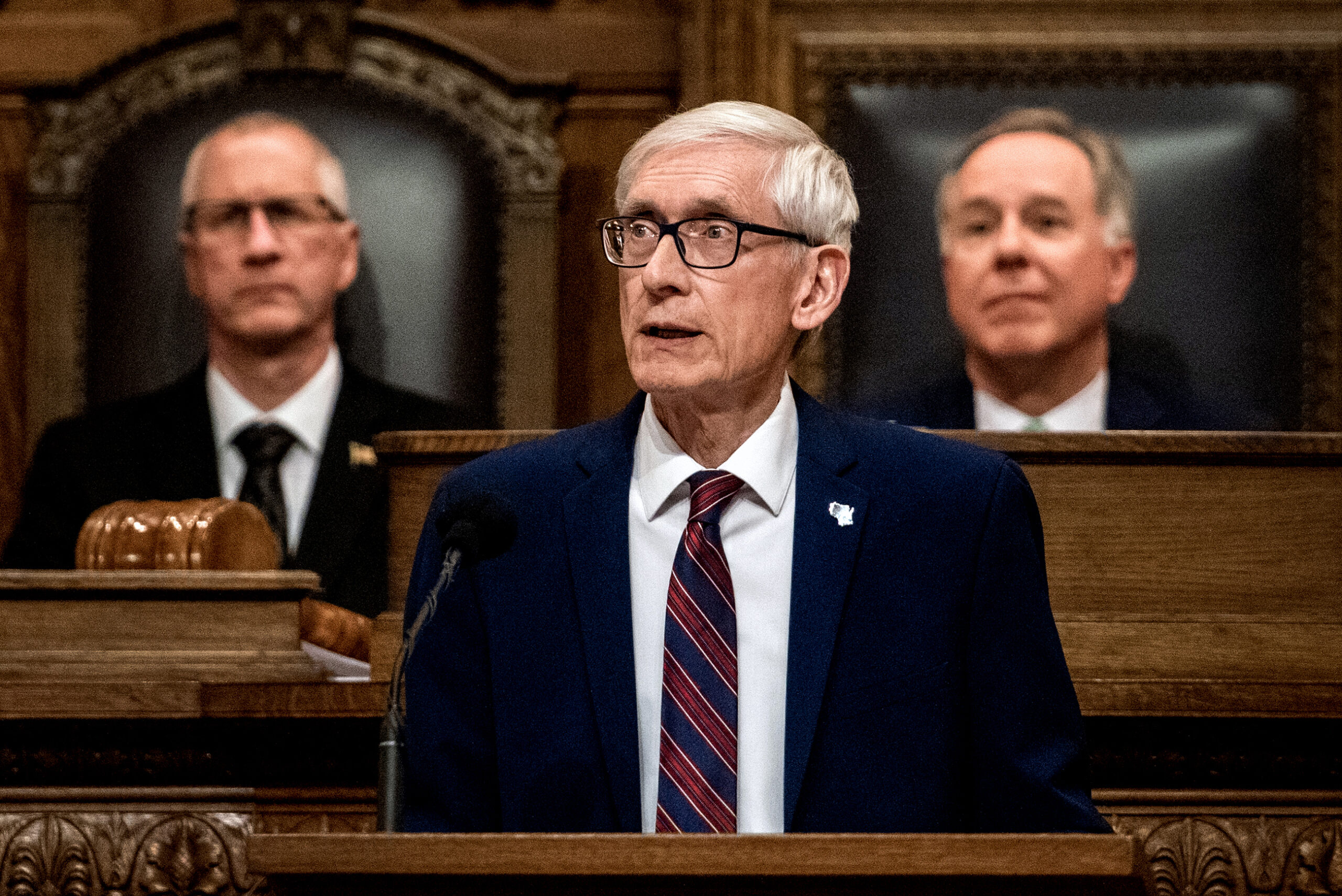
The proposal also includes $6.5 million to help pay for “comprehensive driver education for economically disadvantaged students, ensuring that teens have exposure to the foundations of safe driving practices regardless of their family’s income,” according to a statement from the governor’s office.
But it’s not yet clear if those funds will be approved by Republicans who control the state Legislature.
Mayor Johnson said he believes the federal and state funds will be well spent.
“Both of those things (funding plans) from the federal government and the state government fall in line with the vision and the pathway that I’ve laid out as mayor,” Johnson said.
Lowering speeds and minimizing collisions with street changes
Milwaukee Alder Michael Murphy said federal funds will go toward areas where the city has seen a high number of crashes and accidents. That will be on top of millions already spent on street redesign in recent years, largely with the help of American Rescue Act Plan funds.
“We’re spending a great deal of money on engineering solutions that will physically restrict people from driving recklessly, just by the nature of the changes in the roadways,” Murphy said.
Street redesign and engineering can help narrow the roadway, making it more difficult for reckless drivers to swerve in and out of traffic. Funding could also be used for traffic circles, pedestrian islands and curb extensions.
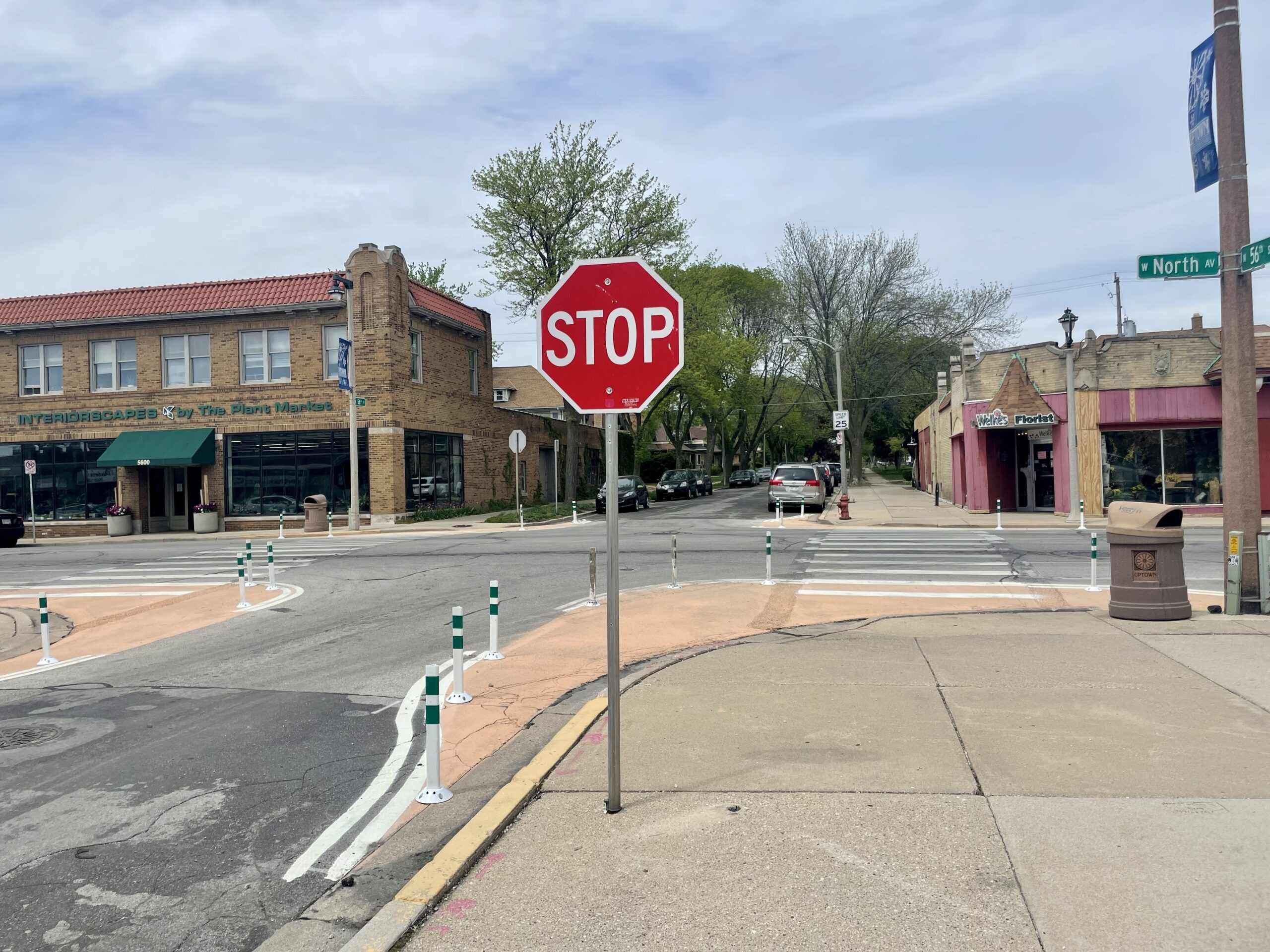
Robert Schneider is an urban planning professor at the University of Wisconsin-Milwaukee who has researched pedestrian and traffic safety. He said he believes changes to roadways can effectively combat reckless driving in Milwaukee, and lead to slower speeds.
“Slower speeds ultimately reduce the risk of traffic injuries,” Schneider said. “It makes it easier for someone to yield to a pedestrian if they’re crossing the street, and it definitely lowers the risk of injury, if, in fact, any crash does happen.”
Last year, the city installed 240 speed humps, according to Murphy. It plans to install at least 169 more this year. But they can only be installed in side streets and not on main throughways.
Curb extensions, or bumpouts, narrow the street and force cars to make slower turns. It creates a slower speed environment, according to Schneider. The city has already placed some flexible traffic posts that work as temporary curb extensions across the city.
Adding median crossing islands can help give pedestrians refuge so they can cross one lane of traffic at a time, lowering the chance for pedestrian accidents. Traffic circles can also be used in residential neighborhoods, as vehicles often slow down before they approach them. They also reduce the risk of head-on collisions, according to Schneider.
“I think these funds are going to be good for the city,” Schneider said. “They’re good for the entire state. When things are safer in Milwaukee, that’s safe for the entire state of Wisconsin, that’s good for our region as a whole.”
Some want to see more enforcement, citations
State. Rep Bob Donovan, R-Greenfield, is a former Milwaukee alder. He said he’s in favor of expanding driver education across the state. He also supports Evers’ plan for adding more state troopers.
But Donovan called reckless driving a “behavioral problem.”
“I’m not convinced that spending tens of millions of dollars tearing up our streets and redesigning them is going to solve this problem,” Donovan said.
“I’m not necessarily opposed to some changes, some bumpouts, things of that nature, but the real problem here, as I see it, is individuals who are behaving recklessly and committing crimes,” he added.

Some have attributed unsafe driving to a rise in stolen vehicles. A report found Milwaukee had the eighth-highest motor vehicle theft rate of any U.S. city last year.
The Milwaukee Police Department’s Traffic Safety Unit gave out over 13,000 traffic citations last year — 7,414 of which were for speeding.
Community activist Dent also said he wants the city hand out more citations to repeat reckless drivers.
“All this money and we really don’t see too much improvement — it says a lot,” Dent said.
Last year, Milwaukee filed its first civil lawsuit against a reckless driver it labeled a “public nuisance.” At the time, Milwaukee police said they identified 20 more offenders who have been ticketed more than 10 times in the past five years. Police have been working to notify those offenders that they may be subject to a future lawsuit.
The Milwaukee Attorney’s Office did not respond to a request for comment on if any additional civil lawsuits have been filed.
Wisconsin Public Radio, © Copyright 2025, Board of Regents of the University of Wisconsin System and Wisconsin Educational Communications Board.

